If you get distracted or stressed out easily, your iPhone might be able to help you focus or calm you down. It can even help you fall asleep with white noise, and you don't have to install a third-party app or buy an audio track to turn your iPhone into a personal sound machine.
The feature behind this magic is Background Sounds, which was introduced in iOS 15 and still works the same in iOS 16. Background Sounds can play white noise or nature sounds whenever you need to focus, stay calm, or rest, so you no longer have to resort to a clunky, space-hogging sound machine that costs more than its worth.
The new tool can help mask unwanted environmental noise around you (construction work, loud neighbors, noisy animals, etc.), and you can even use it in bed to distract you from your snoring partner. It minimizes distractions and external noise with your choice of six different tracks:
- Balanced Noise
- Bright Noise
- Dark Noise
- Ocean
- Rain
- Stream
It doesn't mask any other sounds your iPhone makes because, as Apple puts it, "the sounds mix into or duck under other audio and system sounds as you use your device."
There are a few different ways to toggle Background Sounds on and off, and some let you adjust its settings. Most of these methods also work on iPadOS.
- Don't Miss: Your iPhone Can Detect & Alert You to Sounds Around You, Like Alarms, Knocking, Cats, Crying, and More
From Settings
Open your Settings app and head to Accessibility –> Audio/Visual –> Background Sounds. Here, you can toggle on its switch, choose a sound, and adjust the sound's background volume.
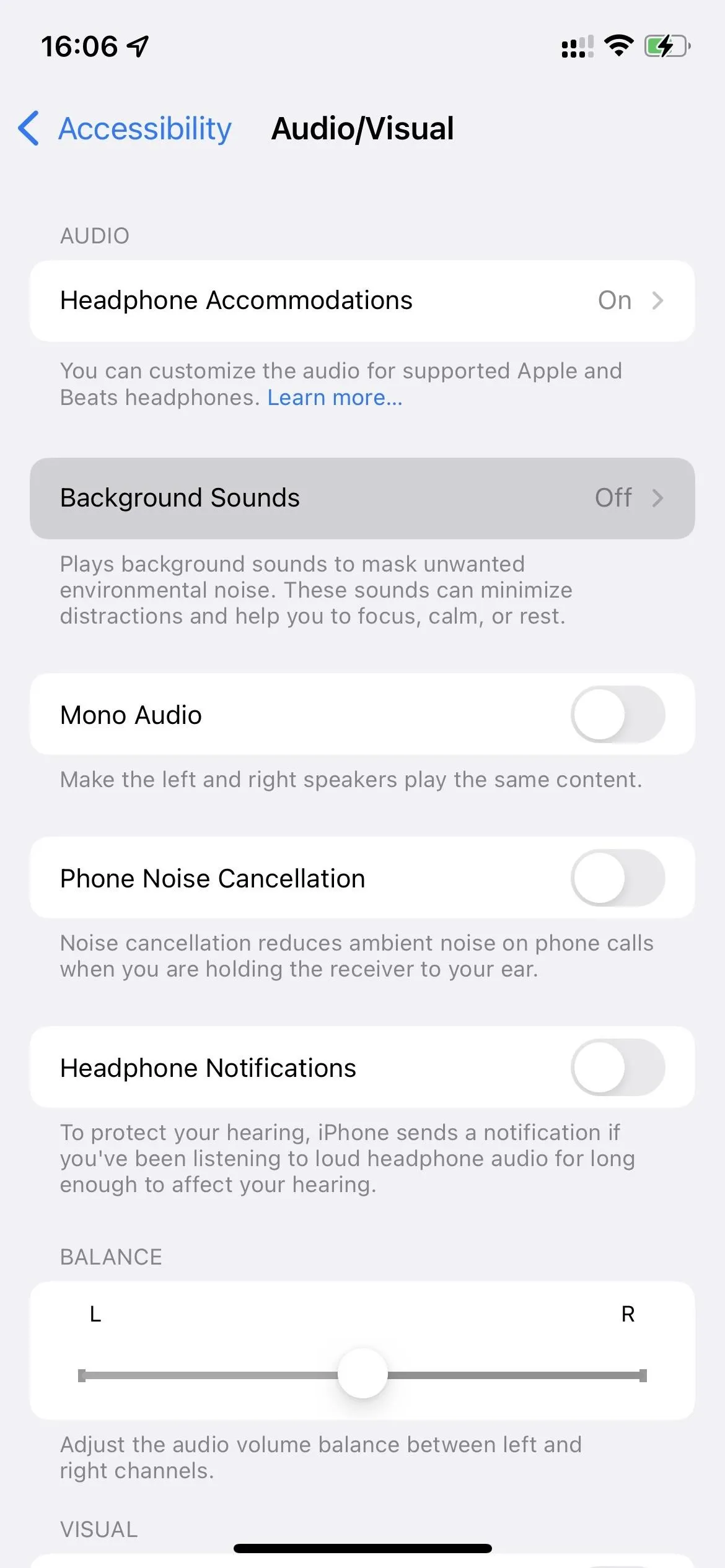





You can also enable or disable the "Use When Media Is Playing" switch in these settings. With it on, the default position, it will play your chosen sound underneath any media playing on your device, such as music, podcasts, movies, TV shows, and audiobooks.
If you have "Use When Media Is Playing" on, there's a separate volume slider for the noise that only applies when media is playing, and you may want this to be lower than the regular background volume so that you don't drown out the media. The "Play Sample" option can help you choose the right volume.
There is also an option to "Stop Sounds When Locked." It's off by default, but when enabled, your background sound will stop whenever your iPhone is locked.
From Control Center
From your iPhone's Control Center, you can do everything you can in Settings except control whether the background sound stops or keeps playing when your device is locked. If you use Background Sounds a lot, you'll want to use the Control Center for convenience.
First, go to Settings –> Control Center and add the "Hearing" control if you don't already have it included. Then, whenever you need to start, stop, or adjust Backgrounds Sounds, open Control Center and tap the control with the ear on it.






To turn on the feature, tap "Background Sounds" from the list or hit the "Background Sounds Off" button at the bottom.
When your background sound plays, you can tap "Background Sounds" from the list to change the current sound to one of the other five available options. Below that, you'll find the volume slider, which you'll likely use a lot since the volume level will differ depending on the outside noise you're trying to keep out. To turn the feature off, tap the "Background Sounds On" button at the bottom.


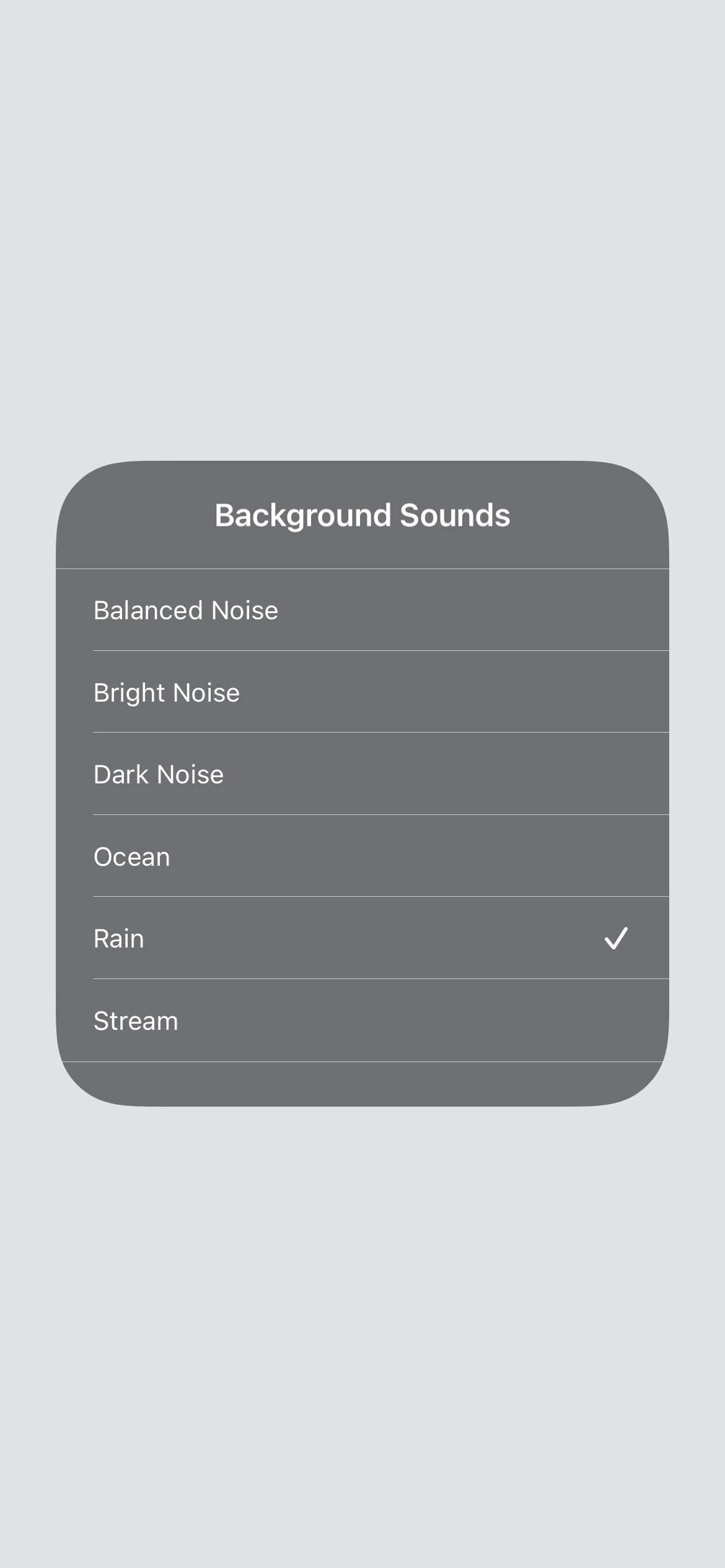



If you're listening to music or another type of media audio, the volume slider will only control the volume level for the background sound when the media is playing. When you pause or stop the media, the slider controls the background sound's regular volume.




From the Accessibility Shortcut
The Control Center method is probably the most convenient in terms of total control, but if you just need to toggle Background Sounds on and off, an Accessibility Shortcut may be faster.
Go to Settings –> Accessibility –> Accessibility Shortcut, and check "Background Sounds." Then, to toggle the feature on and off, triple-click the Side button or Home button, depending on your device model.
If you have other tools checked in the "Accessibility Shortcut" submenu, as I do, you'll have to select "Background Sounds" from the menu that appears after triple-clicking. In the "Accessibility Shortcut" submenu, you can use the three-lined icons to drag the tools into the order you want to see them in the pop-up menu.
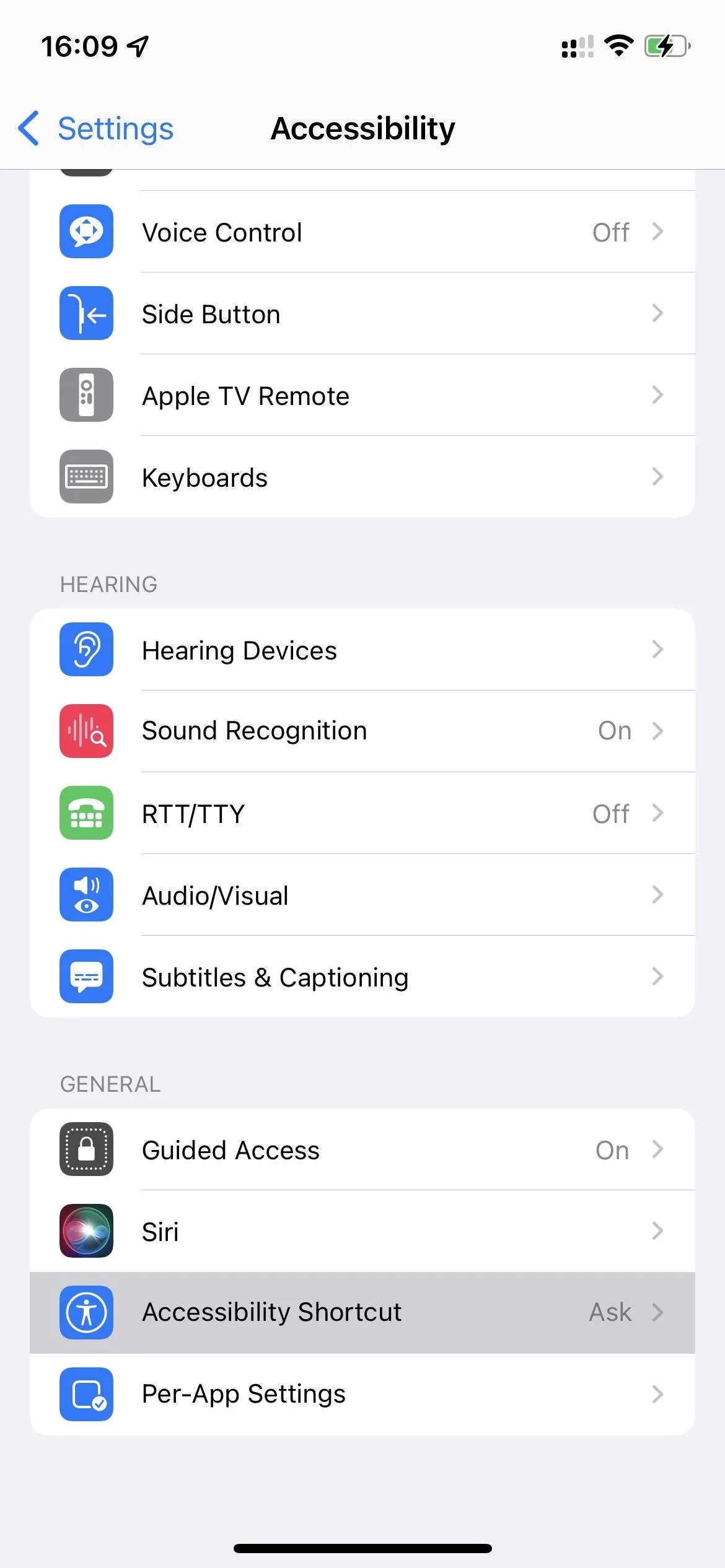
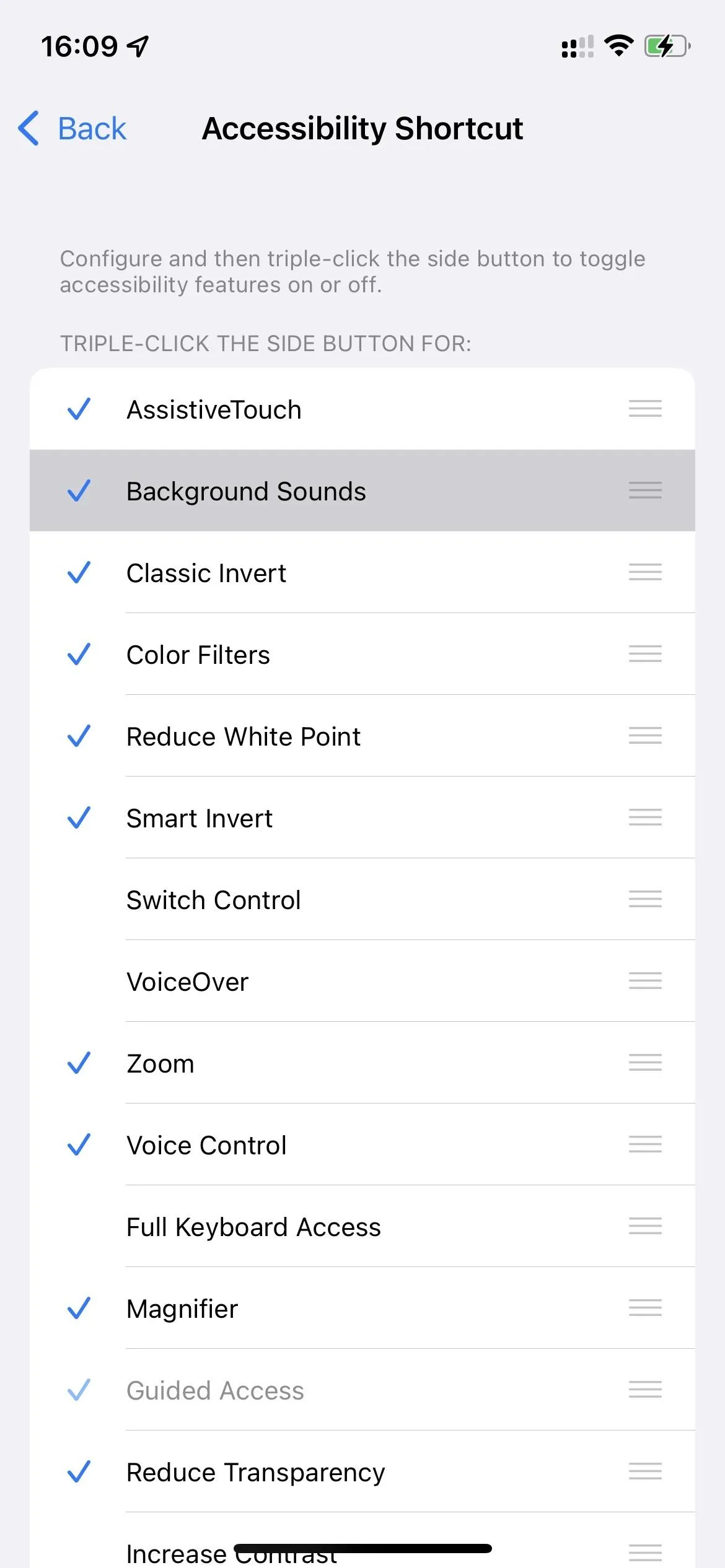
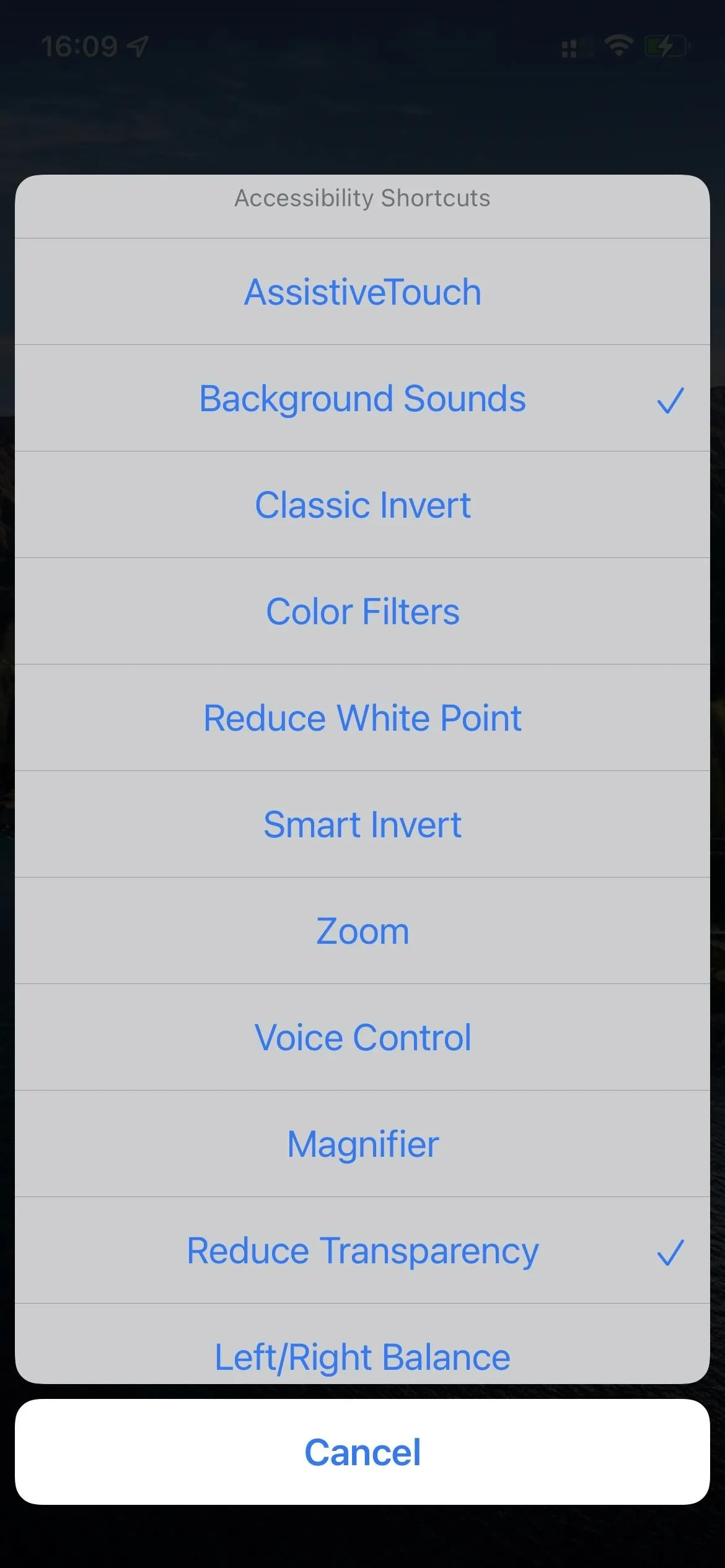



With Siri
Currently, you can't ask Siri to "play background sounds." Even though Apple says you can "ask Siri to turn on an accessibility feature" after setting up your Accessibility Shortcuts, you can't with this particular one. Not yet, anyway. If you try, you'll likely start playing a random song on Apple Music or from your music library.
With Back Tap
Yet another option you have to enable Background Sounds on your iPhone is Back Tap. Go to Settings –> Accessibility –> Touch –> Back Tap, then choose either "Double Tap" or "Triple Tap." Find and select "Background Sounds," and whenever you tap the back of your iPhone two or three times, Back Tap will toggle Background Sounds.




From Shortcuts
The Shortcuts app on your iPhone has three actions available for Background Sounds that let you toggle it or turn it on/off, set the volume level, and change the sound. With those, you can create bookmarks on your home screen for different scenarios, like if you like to use white noise at 50% volume when trying to sleep or rain at 30% when you need to relax. You can even set up automations to adjust Background Sounds using various triggers, like when you open a specific app or when it's a specific time you preset.
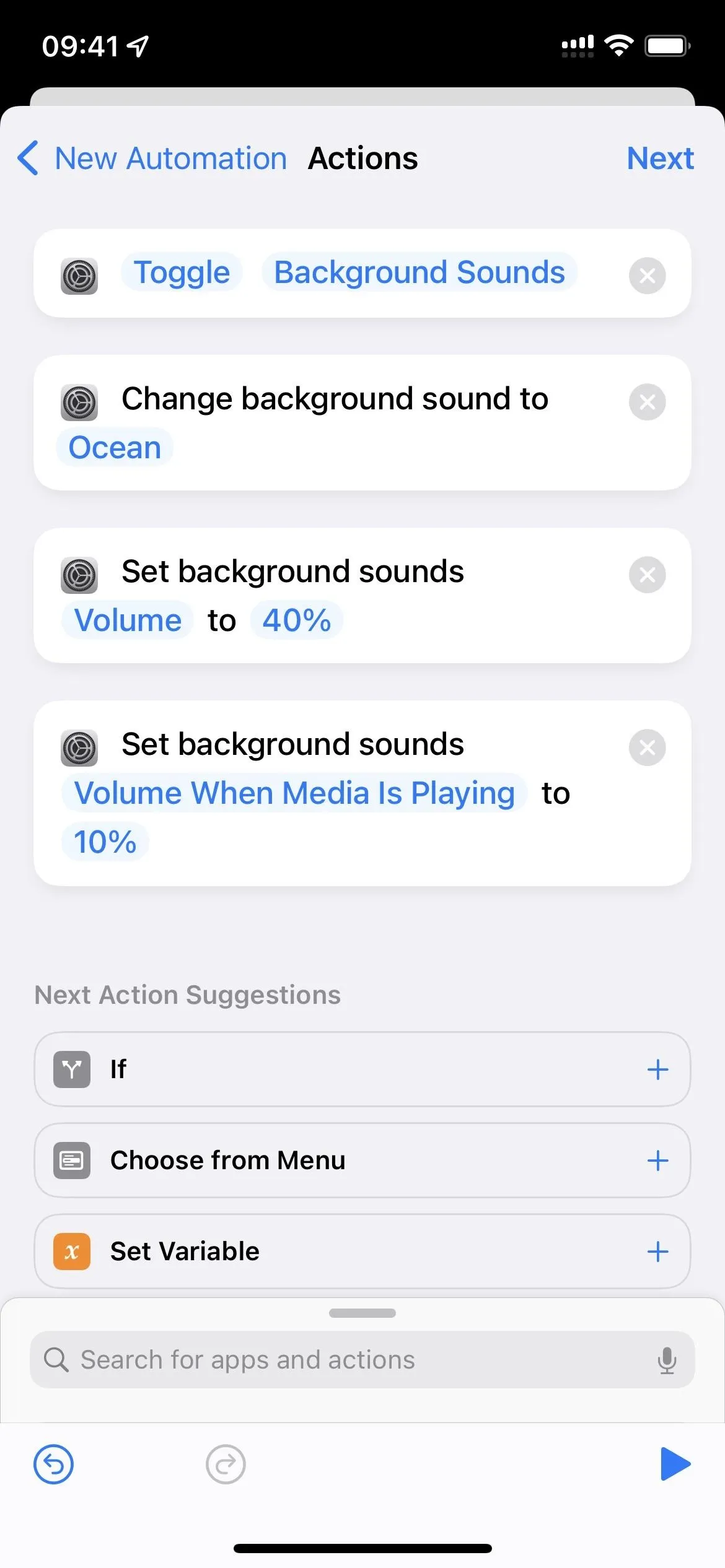
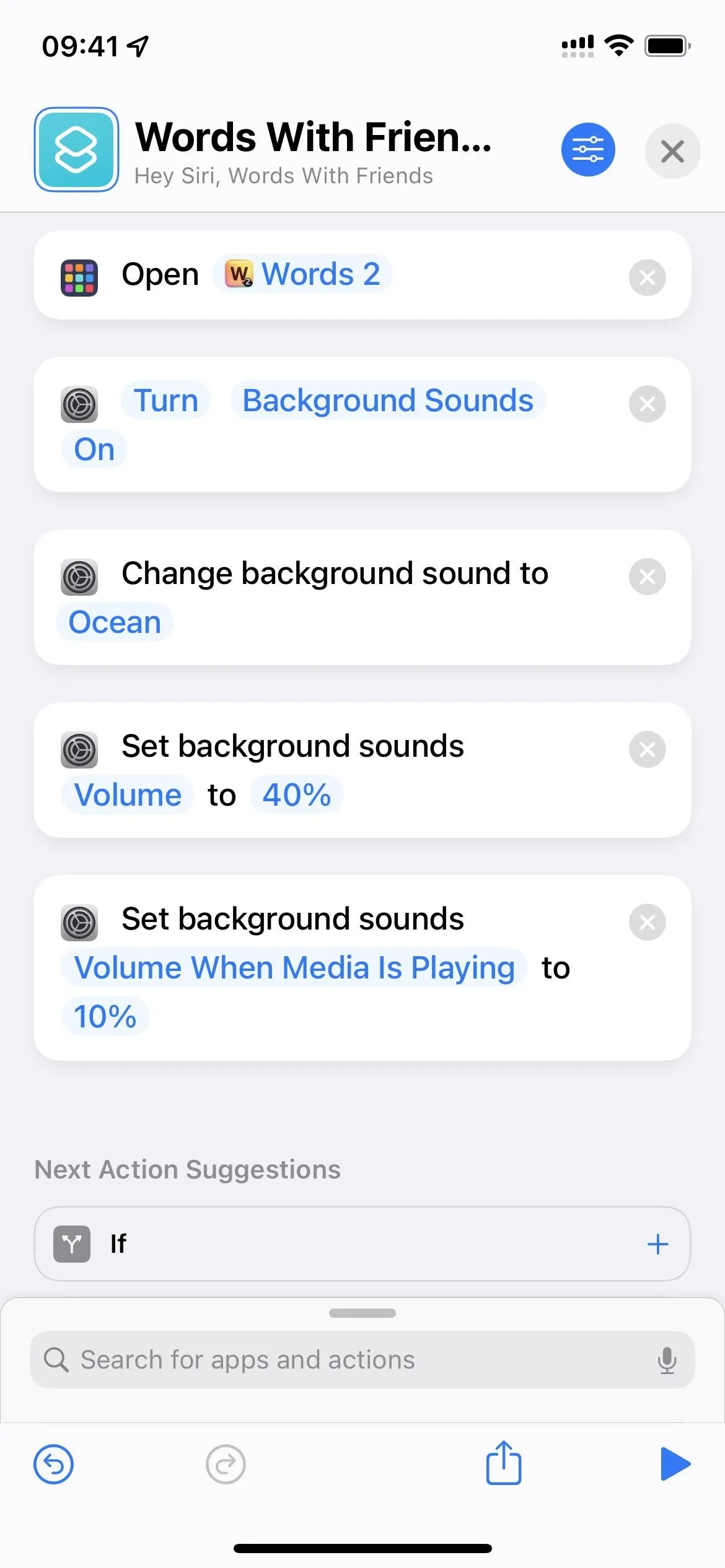


Cover photo and screenshots by Justin Meyers/Gadget Hacks




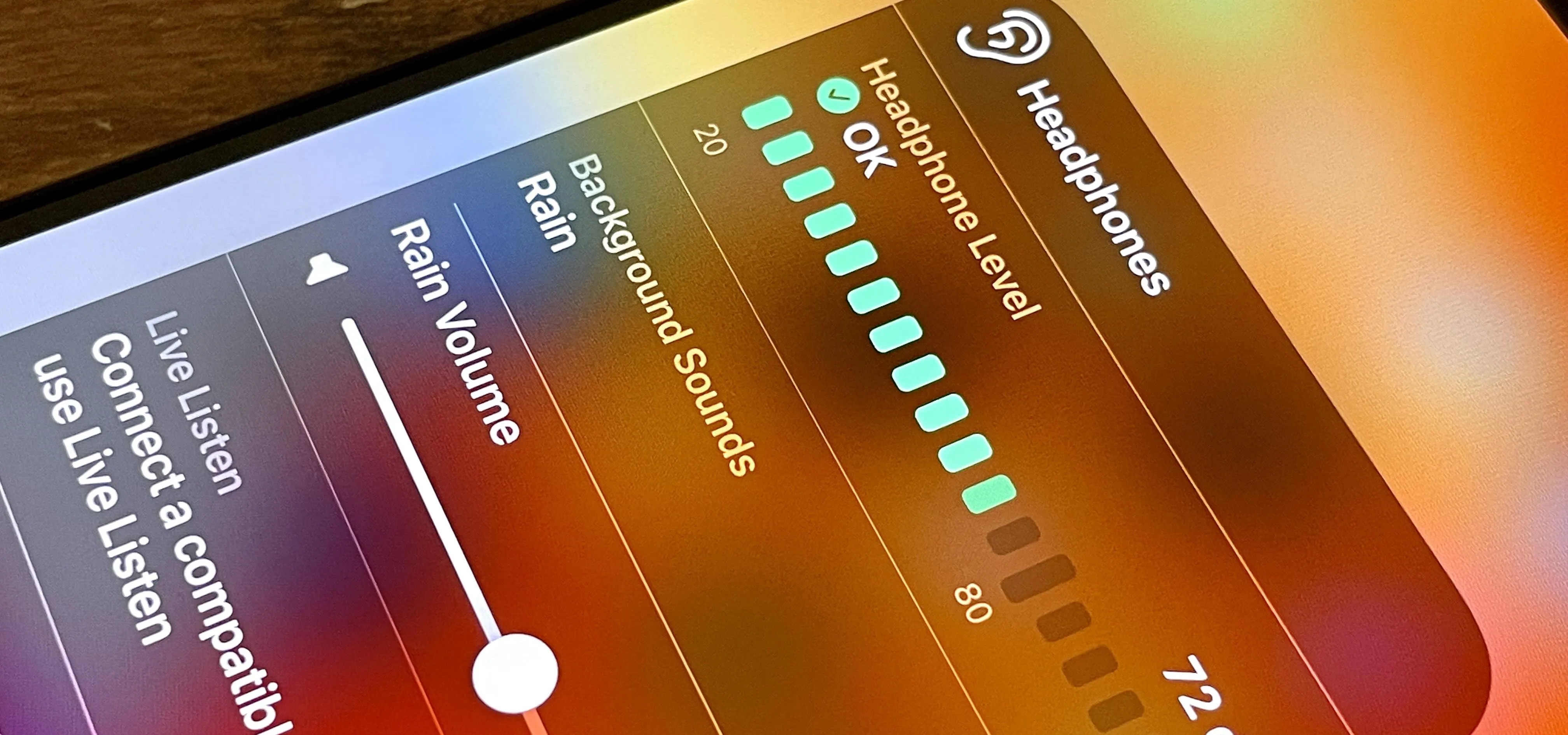

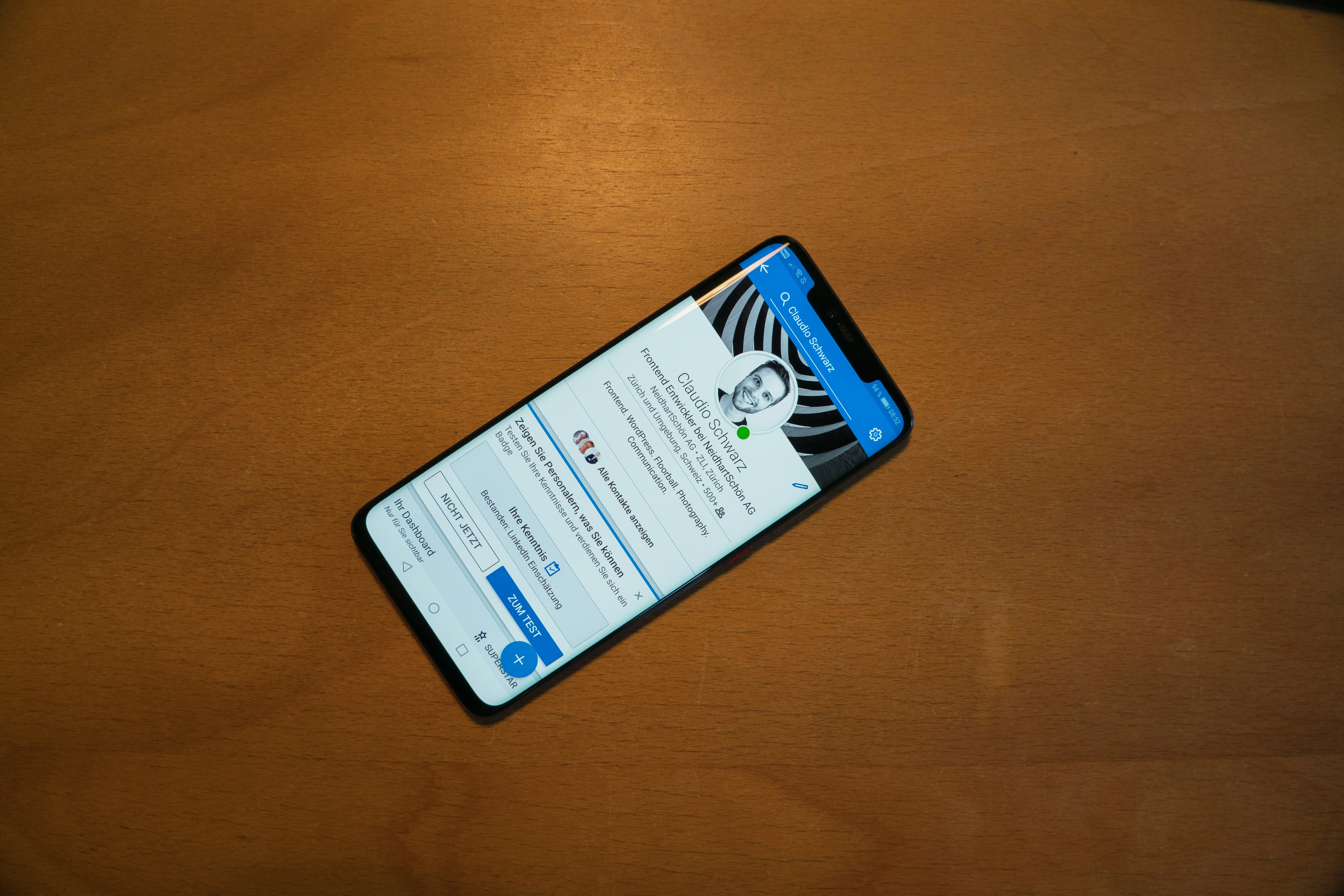















Comments
Be the first, drop a comment!